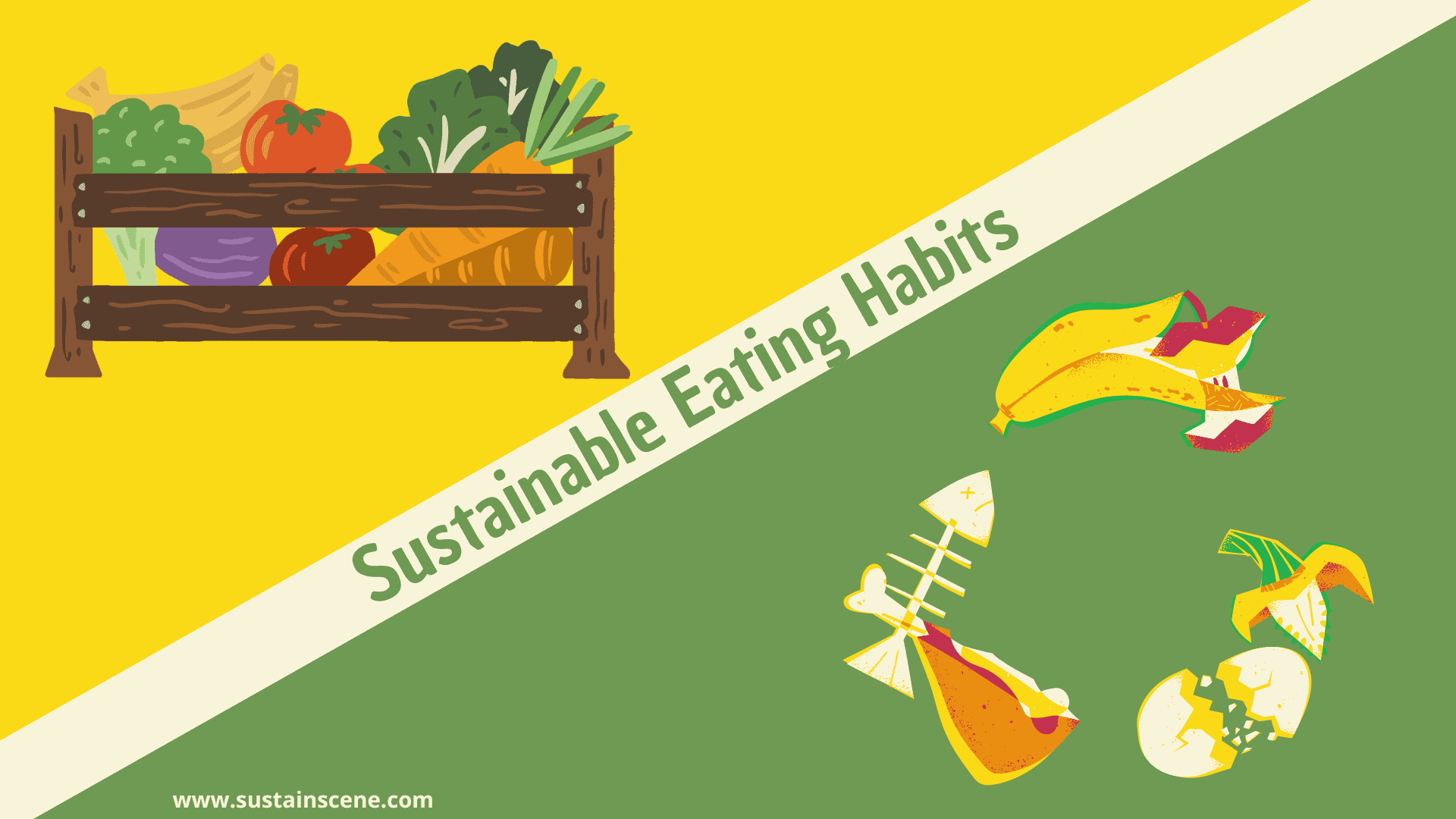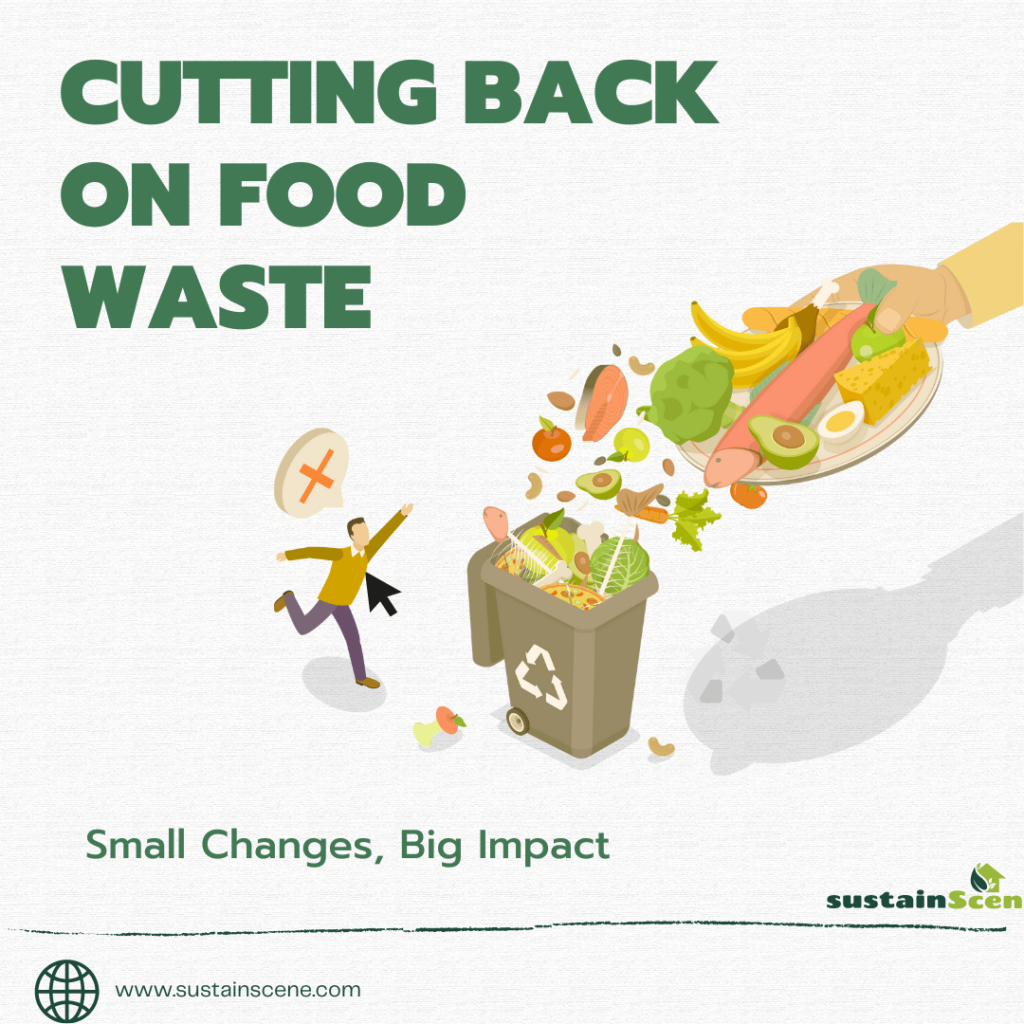Beautiful Plants For Your Interior

Hi, Sustainable living isn’t just a trend, it’s a movement that is gaining momentum as more people become aware of their impact on the planet. One key aspect of sustainable living is the food we consume. In a world where fast food and highly processed options often reign supreme, adopting sustainable eating habits can feel overwhelming.
However, this transition isn’t just reserved for hardcore environmentalists. With a few small changes, anyone can start down the path of eco-friendly dining.
If you’re an advocate for a healthier planet and want to make your eating habits more sustainable, this post is for you. We’ll guide you through seven simple yet impactful steps to incorporate sustainability into your diet. Not only can these changes benefit the environment, but they often lead to a healthier you and a more mindful approach to food.
Understanding Sustainable Eating
What does it mean to eat sustainably? Sustainable eating refers to a set of dietary practices that seek to provide a well-rounded diet for the consumer while also ensuring that the production and distribution of food are not negatively impacting the environment, society, or economy. It’s a commitment to being mindful of the entire lifecycle of the food on our plate, from farm to fork.
Sustainable eating benefits the environment by reducing greenhouse gas emissions, minimizing water usage, and preserving natural habitats. At the same time, it promotes personal health by encouraging the consumption of whole, unprocessed foods rich in nutrients. It also promotes fair wages for food producers and a reduction in exploitative labor practices.
Addressing Misconceptions
Many people shy away from sustainable eating due to a few common misconceptions. We often hear that it’s:
- Expensive: While some sustainable options can be pricier, many are cost-competitive, especially when you consider the long-term benefits to your health and the environment.
- Too Difficult: Sustainable eating does not have to be an all-or-nothing endeavor. Every small change makes a difference.
- Restrictive: You don’t have to give up all your favorite foods to eat sustainably. It’s about making informed choices and being mindful of your impact.
Start with Small Changes
When it comes to any new habit, starting small can be the key to long-term success. Here are two pivotal steps to begin your sustainable eating journey.
Incorporate More Plant-Based Foods
Reducing your intake of meat and dairy products is one of the most effective ways to cut your environmental footprint. You don’t need to become a vegan overnight; simply start by replacing one or two meat-based meals each week with plant-based options.
A great way to ease into this is by establishing “Meatless Mondays” or choosing a single day each week to go completely vegetarian or vegan. Use this as an opportunity to explore new recipes and discover delicious ways to incorporate legumes, nuts, and seeds into your diet.
Choose Local and Seasonal Produce
Seasonal local produce not only tastes better but also significantly reduces the carbon footprint of your meal. When you buy local, you support regional agriculture and foster a closer connection to your food sources. Visit your nearest farmers’ market and ask the growers about their practices and what’s in season. This can also be an educational experience that reconnects you with the food production process.
Shop Smart
Your purchasing power as a consumer can drive significant change. Here’s how to make it work for sustainability.
Plan Your Meals
Meal planning is a way to cut down on overbuying and reduce food waste. Sit down before your grocery trip and plan out your meals for the week. Make a shopping list based on these plans and stick to it. This not only helps the environment but also saves you money and time.
Look for Sustainable Labels and Certifications
When you’re at the store, keep an eye out for certifications like USDA Organic, Fair Trade, or Marine Stewardship Council (MSC) for seafood. These indicate that the product was produced or harvested in an environmentally and socially responsible way.
Be cautious of “greenwashing,” where companies make deceptive sustainability claims. Do some research or use apps that can help you verify the authenticity of the labels.
Reduce Food Waste
Food waste is a major issue in the modern world, contributing to a range of environmental problems. By being mindful of how you use and dispose of food, you can make a significant difference.
Store Food Properly
Improper storage leads to spoilage. Learn the best ways to keep your fruits, veggies, and other perishables fresh for the longest time. For example, did you know that many vegetables do best in the refrigerator if they’re wrapped in a damp paper towel?
Be Creative with Leftovers
Instead of throwing out leftovers, think of them as the starting point for a new meal. There are countless recipes and techniques for repurposing food. Get creative and see how many meals you can get out of one batch of cooking.
Grow Your Own
Gardening, even on a small scale, can be incredibly rewarding and sustainable. Here’s how to get started.
Start Small
A few herb pots on a kitchen windowsill or a tomato plant in a sunny corner of your balcony can make a significant difference. These tiny gardens are a great way to reconnect with nature and have fresh, home-grown flavors in your cooking.
Learn the Basics
You don’t need a green thumb to grow your own food. Start with easy-to-grow plants like basil, green beans, or lettuce. Research the specific needs of your chosen crops and give them the care they require. Gardening is a learning process, and each season you’ll become a better, more informed grower.
Support Sustainable Businesses
Your choices as a consumer impact the marketplace. Here’s how to ensure your dollars are supporting sustainability.
Vote with Your Wallet
Research companies and choose to do business with those that have strong sustainable values. This could mean a local bakery that sources its flour from nearby farmers or a restaurant that prioritizes food waste reduction in its operations.
Be Informed
Stay up-to-date on sustainability issues and be aware of companies making positive changes. The more informed you are, the better able you’ll be to choose businesses that align with your values.
Educate Yourself Continuously
Learning is a lifelong process. Stay curious about your food and its impact on your health and the planet.
Read, Watch, and Listen
There’s a wealth of information available in books, documentaries, and podcasts about sustainable eating. The more you understand the why behind your eating habits, the easier it is to make changes that stick.
Join a Community
There are many communities, both online and in-person, that share tips, swap recipes, and support one another on their sustainable eating journeys. Joining a community can provide you with the resources and encouragement you need to continue making changes.
Conclusion
Sustainable eating is a powerful way to effect positive change in the world. By starting with small changes, shopping smart, reducing waste, and continually educating yourself, you can make a significant impact. The effort doesn’t have to be monumental; every step towards sustainable eating is a step in the right direction for a healthier you and a healthier planet.
Incorporating these habits may initially seem challenging, but with each action, you’ll not only improve the environmental and social conditions around you but also bring a new level of mindfulness and fulfillment to your daily meals. Remember, it’s not a race to the greenest plate, but a continuous, meaningful, and delicious journey.

[…] more ways to incorporate sustainable eating habits in our article on “7 Easy Ways to Incorporate Sustainable Eating Habits Today” and start making a positive impact on your wallet and the […]